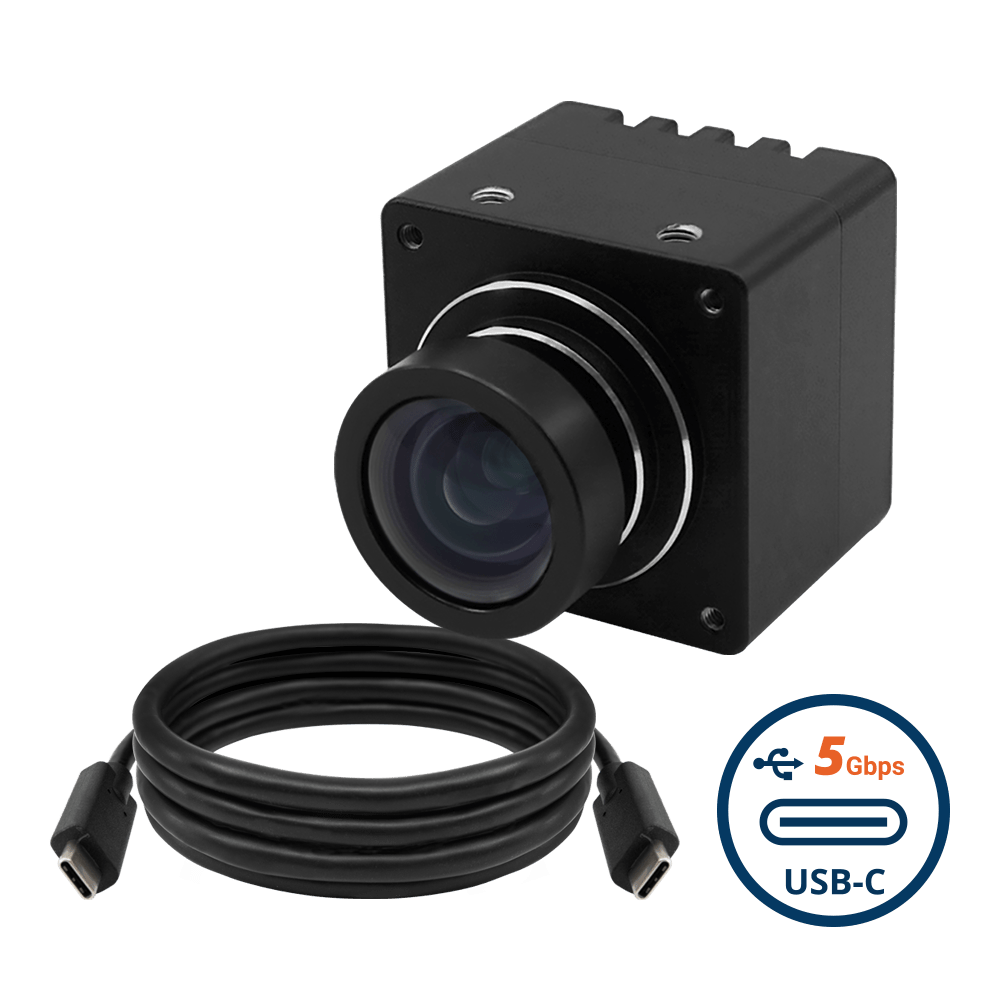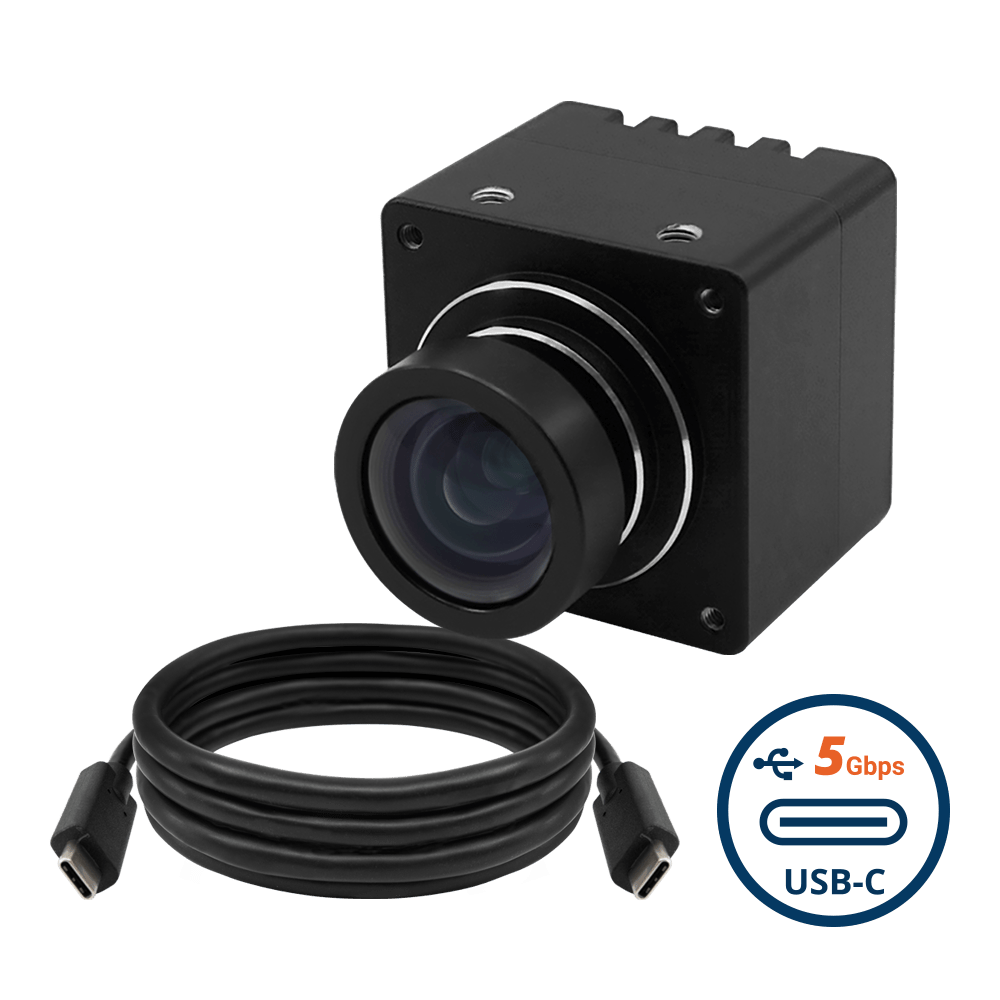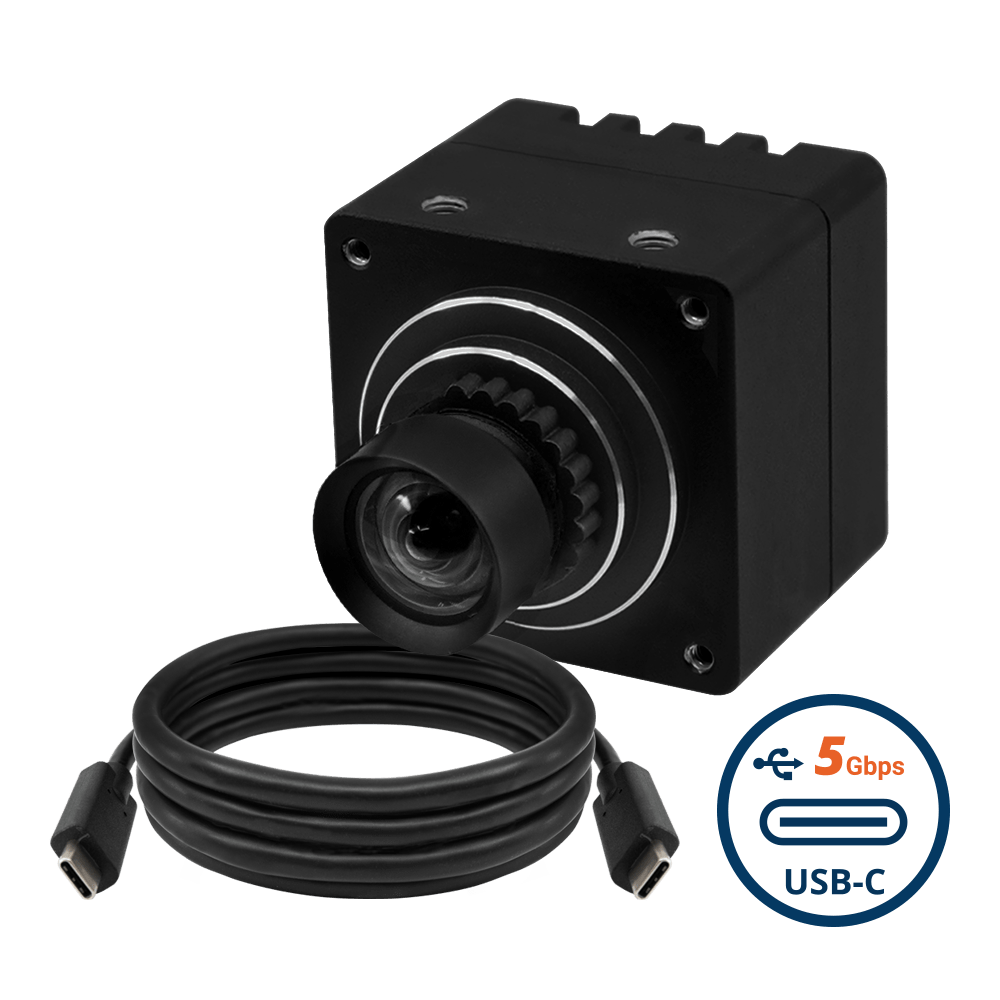Exposure time significantly impacts the image quality of a camera. When set incorrectly, the sensor returns blurred or heavily washed-out images will appear. This is evident, especially in commercial and industrial applications.
For instance, cameras are used for surveillance to ensure no security breach happens. Similarly, power plants and large mines use cameras to get crystal-clear images to ensure 24/7 security. In both applications, small variations in the exposure time can result in the ineffective functioning of the system.
Many factors, such as resolution, interface bandwidth, frame rate, and host processor determine image quality in a camera. In addition to this, exposure time is one of the most critical factors to ensure the required image quality.
In this article, you will understand:
- What exposure time is and its importance.
- Factors affecting exposure time.
- Applications of cameras with different exposure times.
You will also learn how TechNexion can accelerate your camera integration journey by helping you choose the best exposure time for your vision system.
What Is Exposure Time? What Is Its Importance?
Exposure time is the amount of time a digital camera’s sensor is exposed to photons (or light particles) while recording an image. It’s usually measured in seconds (s) or milliseconds (ms).
Exposure time is a fundamental concept in imaging and holds high importance as it directly affects image quality. Therefore, in embedded vision applications (such as drones for surveillance or medical imaging), optimizing exposure time becomes necessary. It should be neither too high nor too low for you to obtain the best possible image output.
What happens if exposure time is too low?
If the exposure time is too low, not enough light reaches the camera’s sensor, and less visual data is captured. So, if you capture an image with a low exposure time, especially in low light conditions, the images will be underexposed. Certain areas of the output will appear overly dark, and the required details might not be visible.
What happens if exposure time is too high?
If the exposure time is too high, too much light falls on the camera’s sensor. This is called overexposure and results in washed-out images with faded features.
How is exposure time controlled?
It’s possible to control exposure (or the amount of light falling on the sensor) by adjusting the camera aperture, for example using a mechanical iris. Exposure time as such is mostly controlled using the shutter mechanism in a camera. There are primarily three types of camera shutters:
- Mechanical shutter: Many cameras, such as DSLRs, have physical shutters to control exposure time by opening or closing mechanically.
- Global shutter: These shutters simultaneously expose all the pixels. They are ideal for fast-motion imaging and industrial use as they eliminate the rolling-shutter effect.
- Electronic rolling shutter: It exposes different pixel rows in sequence over time. Rolling shutter cameras are used in vision systems that capture static or slow-moving objects.
You can control the exposure manually by setting different variables such as shutter speed, ISO, and aperture for more flexibility in imaging.
If the exposure time is short (typically lower than 1/500 s), it’s ideal for short-time imaging such as capturing objects in motion. On the other hand, if the exposure time is long (more than 5 seconds), it’s ideal for night-time photography or capturing microscopic objects.
Also read: Global Shutter vs. Rolling Shutter in Embedded Vision
Factors Determining the Exposure Time in a Camera
Lighting Conditions
All vision and imaging depend on light. Lightning conditions, either low or high, play a crucial part in exposure time.
- In a well-lit environment or during the daytime, you need to keep the exposure time low so that the output image doesn’t get overly bright.
- But in a low-light environment or night, you have limited lighting. Thus, you will need a longer exposure time to gather sufficient light and visual data to produce clear, high-quality images.
Image Quality
Image quality is relative, and different applications have differing quality requirements. Hence, in certain cases, you can afford to compromise exposure time for other benefits if the image quality requirements are not extremely high.
Here, you also need to understand the relation between exposure time and SNR (Signal to Noise Ratio). SNR is the ratio of the strong or positive signal to the amount of unwanted data (or noise) in an image.
SNR = Signal / Effective Noise
This means if the signal strength is higher, your SNR and image quality will be higher. Similarly, if the effective noise is higher, your SNR and image quality will be lower.
In low light conditions, when the exposure time is high to capture more light, the associated noise also tends to be higher, and hence image quality might be affected. So, you always need to find the right exposure time in such a way that the noise doesn’t exceed the desired limit.
Target Object’s Speed
If the target object, or the field of view, is moving fast, keeping the exposure time short will freeze motion, reducing blur. On the other hand, if the target object is moving slowly, the exposure time can be kept a bit longer. In the case of a stationary object placed in a low-light environment, keep the exposure time long enough to enable the sensor to capture enough photons and deliver clear images.
Dynamic Range
Dynamic range refers to the ability of a camera to capture images in varying light intensities. The higher the dynamic range, the better.
There are two main characteristics for dynamic range in cameras. The first is a camera’s linear dynamic range, which is the fundamental ratio between the highest and lowest detectible light intensity (read noise).
The second is whether a camera can perform a high dynamic range function (HDR). In HDR cameras, the camera captures two or more images at different exposure times. These images are then combined to form an HDR image with a significantly enhanced dynamic range.
Dynamic range is connected to exposure time in embedded cameras in the following ways:
- In short exposure times, the camera sensor receives fewer photons. In such a scenario, having a high dynamic range is extremely helpful since the camera will be more sensitive to low light, ensuring more light is captured within a given time.
- In longer exposure times, the camera sensor receives more photons, which means the output image will be brighter. A high dynamic range camera will be a great fit here since it can prevent the images from being overly bright.
Hence, an HDR camera is a good to have when you want flexibility in exposure times.
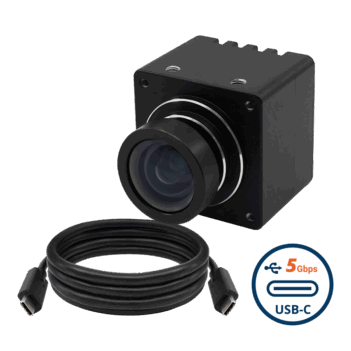
USB3 Type-C Aluminium Enclosed Camera with onsemi AR0822 8MP 4K Rolling Shutter with Onboard ISP and S-mount lens + Incl. 1 Meter USB C Cable
VCI-AR0822-SL
- onsemi AR0822 8MP Rolling Shutter Sensor
- 4K HDR Imaging Capabilities
- Near Infra-Red Enhancement for Outdoor Applications
- Designed for Low Light Applications
- S-Mount for Interchangeable Lenses
- UVC USB Type-C 5 Gbps Connector
- Plug & Play with Windows & Linux OS
- VizionViewer™ configuration utility
- VizionSDK for custom development
| Sensor | onsemi AR0822 |
| Shutter | Rolling |
| Megapixels | 8MP |
| Chromaticity | Color, Monochrome |
| Interface | USB3 |
Applications of Short and Long Exposure Times
We already learned the different conditions under which short and long exposure times are preferred. Here, let us look at a few popular embedded vision applications where each is preferred.
Applications Where Short Exposure Time Is Preferred
Short exposure time is generally preferred while capturing fast-moving objects or in well-lit environments. Some examples of such applications include:
- Smart traffic cameras: Short exposure time is ideal for smart traffic cameras to monitor and capture the snapshots of fast-moving vehicles. During the day, the exposure time must be low to ensure that moving objects are properly captured without parts of the image getting washed out.
- Parking lot cameras: These cameras are set for short exposure time to capture images of fast-moving vehicles during the day.
- Industrial inspection cameras: Embedded cameras are used in industrial settings that have many moving equipment and components including turbines, engines, and other machines. A short exposure time helps detect defects, leaks, corrosion, and other issues effectively to prevent disasters and ensure efficiency and safety.
- Sports analytics and broadcasting systems: Sports analytics and broadcasting systems benefit from short exposure time since they must continuously track ball and player movements.
- Wildlife photography: Cameras used in wildlife sanctuaries to track and monitor animals and birds typically use low exposure time to ensure they are captured during motion.
Related: How Embedded Vision can Enable Remote Animal and Bird-watching
Applications where Long Exposure Time Is Preferred
Long exposure is preferred usually in low light environments or night vision applications where insufficient light poses challenges to quality imaging. Some applications where long exposure time is preferred include:
- Medical microscopy: Microscopes often must operate under limited light to ensure certain characteristics of the specimen are visible. Owing to this, a long exposure time can help collect sufficient light information for proper interpretation and analysis.
- Lab diagnostic devices: In addition to microscopes, other lab diagnostic devices like cell counters, blood diagnostic devices, and automated liquid handlers will find a relatively long exposure time useful.
- Surveillance cameras: Security and surveillance cameras operating at night should have long enough exposure time to ensure all the necessary details in their surroundings are captured. This is critical in preventing theft, intrusion, or any other unwanted activity.
- Patrol robots: Patrol robots use artificial intelligence, thermal sensing, and image sensors to detect the presence of unwanted entities in restricted premises. Like surveillance cameras, patrol robots would find a longer exposure time beneficial since they must operate 24×7.
- Drones: Advanced drones are mainly used for aerial surveillance. You can either perform automated or guided monitoring using them for perimeter security. For night patrolling and surveillance, a long exposure time is preferred.
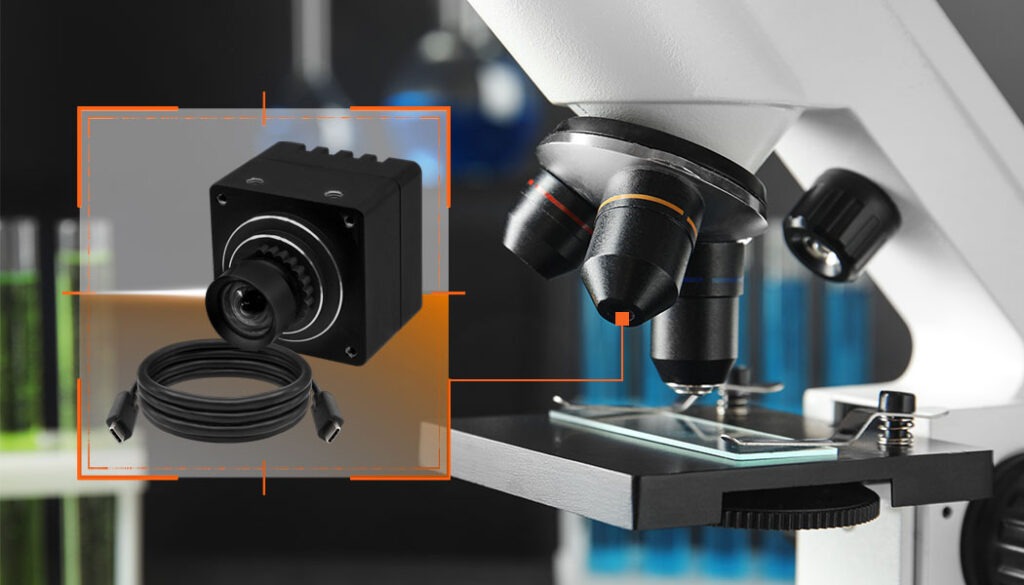
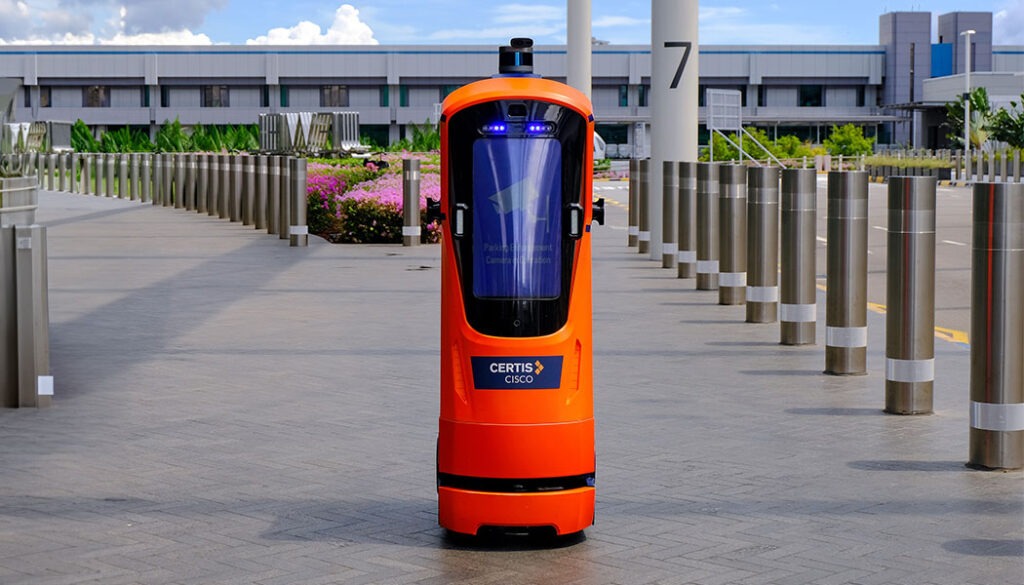
Short and long exposure in the same system?
Devices like smart traffic cameras and surveillance cameras need to operate with different exposure times during different times of the day (short exposure during the day and long exposure at night). This is where auto exposure comes into play. It is the ability of a camera to automatically adjust its exposure time based on the external lighting conditions. Most modern embedded cameras come with an auto exposure feature.
How TechNexion Can Help You Choose the Right Exposure Time
Determining the optimal exposure time in a camera requires a bit of trial and error. You will need to experiment with different lighting conditions and times of the day to figure out the right exposure time for your use case. TechNexion’s portfolio includes cameras with the auto exposure feature to enable automatic adjustment of exposure times, and our VizionViewer and VizionSDK provide easy ways to configure and test our cameras in your specific application. In addition, we can also help configure exposure time manually if the end application demands it.
Whether you are building a surveillance camera or an intelligent industrial robot, we have the right cameras and imaging expertise you need. Check out our embedded vision solutions page to learn more about our new-age camera solutions.
Related Products
Get a Quote
Fill out the details below and one of our representatives will contact you shortly.

